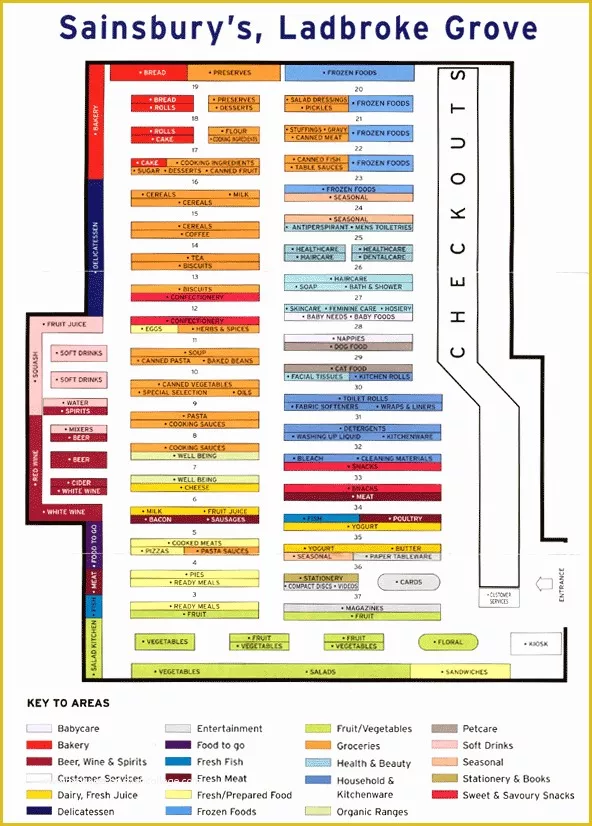

To implement a standard, you still need to convert shelf measurements into real numbers, assign the right importance to the indicators, set objectives for those in charge, and eventually ensure that the knowledge is acquired through training and periodic testing. The very defining of visual merchandising objectives requires a vast amount of knowledge and understanding of the industry and the market. There are also such KPIs here as arranging the right order of flavours, creating product blocks, specific proportions within categories, and even the right representation of volume and label variants. “Heavyweight players” go as far as to develop advanced perfect store strategies which determine the location of categories and products, share in the golden zone and vicinity of specific products. Those more ambitious ones examine product shortages, the number of faces of each SKU, and measure the share of shelf. Some merely care about the availability of the products specified in the inventory list. Working with the tool requires the representative only to take photos of displays in stores, the rest of the audit process is performed by artificial intelligence.Ĭompanies have different interpretations of standards and therefore different approaches to creating and enforcing them.eLeader Shelf Recognition AI is a tool that examines the alignment of products against rules (standards), and not planograms as therefore it provides results that are much more useful for business than a 0/1 compliance test with a drawing.

However, the reality in stores is much more sophisticated than a schematic planogram, and standards can be fulfilled in many different ways.



 0 kommentar(er)
0 kommentar(er)
